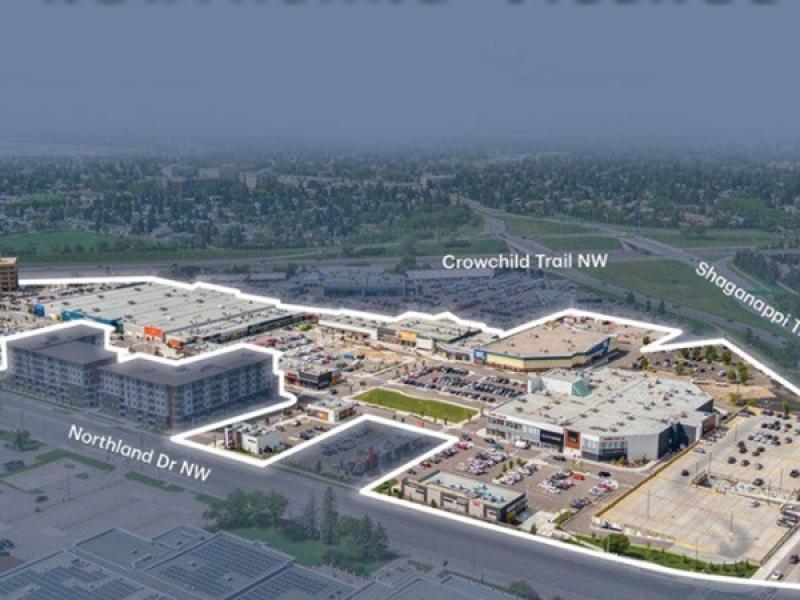In cities across Canada, government-owned land represents an immense, untapped opportunity to deliver much-needed housing, and much more than that.
These lands, often located in prime areas near transit and job centres, could be the foundation for creating neighbourhoods that address our housing crisis, climate challenges and the need for vibrant, connected communities.
However, realizing this potential is far from simple. Developing government-owned land comes with significant hurdles, including infrastructure coordination, political alignment and complex financing requirements.
These challenges, while daunting, also create an opportunity to rethink and reshape the way Canadian cities approach inward growth, ensuring it aligns with long-term priorities.
A unique public responsibility
There is a moral imperative for governments to prioritize these lands for public good.
Unlike privately owned land, which is often subject to market pressures and speculative interests, government land can be developed with broader societal benefits in mind.
This is an opportunity to set the agenda for climate resilience, environmental sustainability and inclusive communities, ensuring that urban development moves away from the car-centric, sprawling models of the past and towards more livable, walkable and connected neighborhoods.
The case for government leadership
Unlike privately owned land, government-owned sites are not beholden to market pressures. This makes them a rare resource — one that can be used to advance public policy goals, from affordability and climate resilience to social equity and economic development.
Affordable housing remains one of the biggest challenges for government-owned land. High-quality, sustainable design often comes with higher upfront costs, creating tension between delivering affordability and maintaining ambitious standards.
Innovative financing models can help bridge this gap. Leveraging public-private partnerships, exploring alternative funding mechanisms, and reinvesting profits from market-rate housing back into affordable units are just a few ways to address financial challenges while achieving public benefits.
The role of partnerships
Large-scale projects thrive on collaboration. Governments can’t do it alone, and the private sector often lacks the mandate to prioritize public good.
The most successful developments bring together diverse expertise — planners, engineers, developers and community leaders — to align on shared goals.
Clear roles and expectations are critical. Public-private partnerships should balance efficiency with accountability, ensuring that public benefits like affordability and sustainability aren’t sidelined.
Navigating political and bureaucratic challenges
Navigating political cycles is one of the most significant obstacles for large-scale projects. Changes in leadership can derail long-term plans, making it crucial to secure buy-in across all levels of government early in the process.
Streamlined approvals are equally important. Slow, disjointed processes often delay projects and inflate costs, making it harder to deliver on affordability and sustainability goals.
Clear policies, well-defined priorities and a co-ordinated approach to decision-making can help overcome these barriers.
It is one of the few tools available to create truly transformative change in our cities— change that prioritizes the public good over short-term market pressures.
These lands hold the potential to address pressing issues like housing affordability, climate resilience and urban livability, while setting new standards for how we build communities. Government-owned land is a resource we can’t afford to waste.







